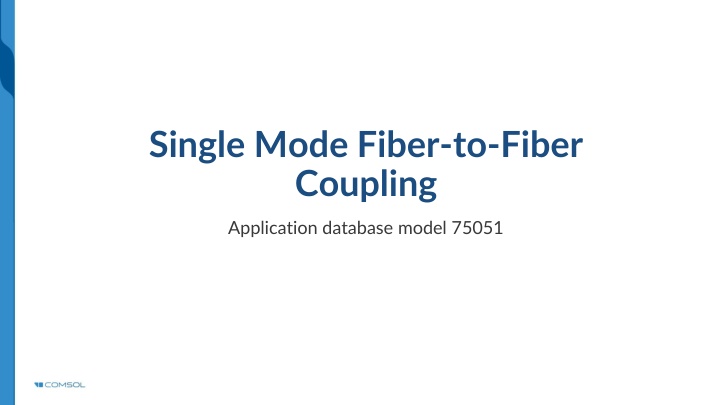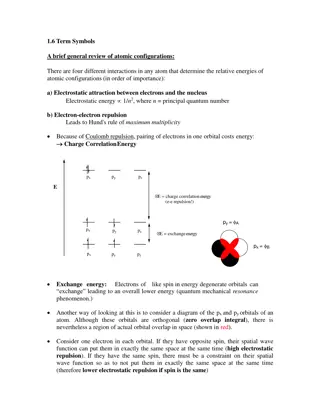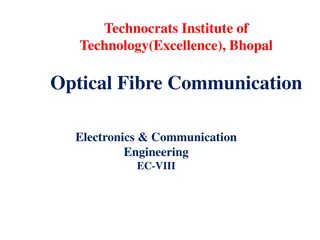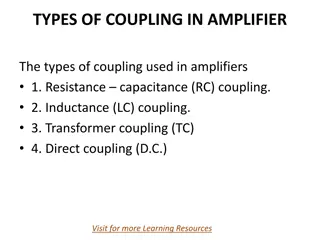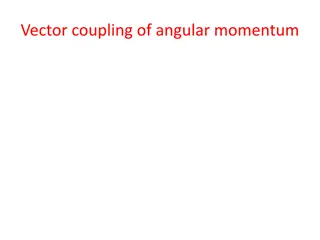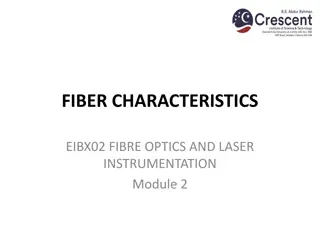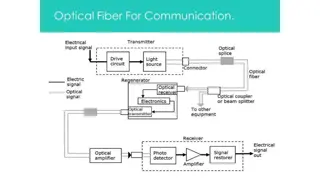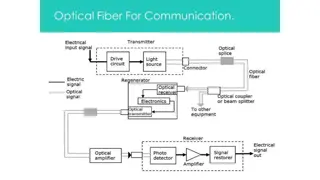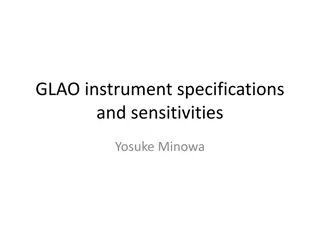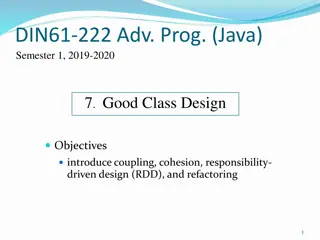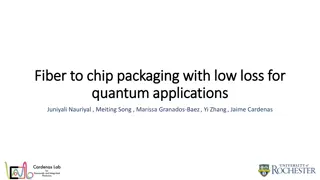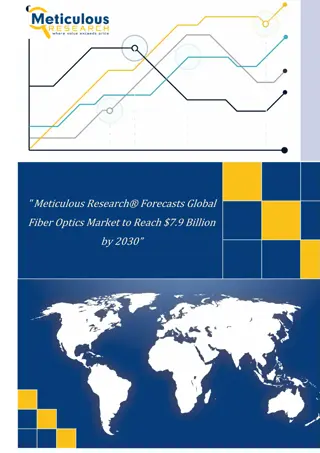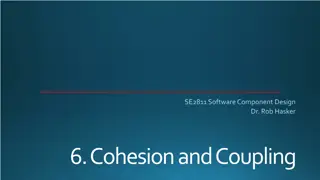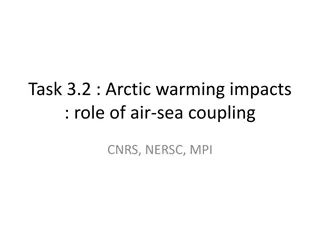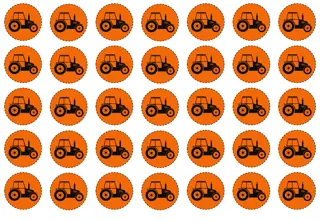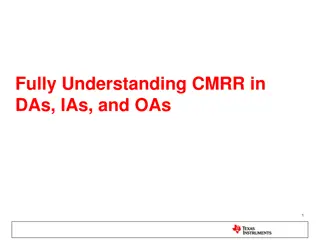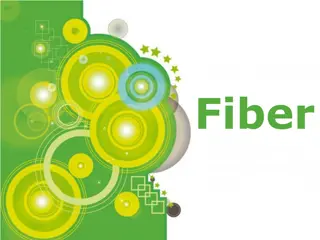Efficient Single Mode Fiber Coupling Model
Optical fibers efficiently transmit optical fields with minimal losses. This model demonstrates setting up a full-wave fiber-to-fiber coupling model for high coupling efficiency using beam envelopes. Learn about the geometry, operating conditions, boundary conditions, and optimization of the coupling efficiency.
Download Presentation

Please find below an Image/Link to download the presentation.
The content on the website is provided AS IS for your information and personal use only. It may not be sold, licensed, or shared on other websites without obtaining consent from the author.If you encounter any issues during the download, it is possible that the publisher has removed the file from their server.
You are allowed to download the files provided on this website for personal or commercial use, subject to the condition that they are used lawfully. All files are the property of their respective owners.
The content on the website is provided AS IS for your information and personal use only. It may not be sold, licensed, or shared on other websites without obtaining consent from the author.
E N D
Presentation Transcript
Single Mode Fiber-to-Fiber Coupling Application database model 75051
Background and Motivation Optical fibers can be used to efficiently transmit optical field over large distances with minimal losses. When moving from a free space beam to a fiber-guided beam, we have to ensure a good mode overlap to avoid unnecessary losses. This model illustrates how to setup a full wave model of a fiber-freespace-fiber coupling with high coupling efficiency using the beam envelopes interface in the unidirectional formulation.
Geometry and Operating Conditions The geometry consists of two identical single mode fibers, each one with a planar concave coupling lens. The beam is emitted from the left fiber and collimated by the first lens. The second lens focusses the beam into the second fiber.
Boundary Conditions The model uses a port boundary condition on the left fiber to compute the spatial mode of the fiber and excite the system. Transition boundary conditions which correspond to a /4 single layer AR coating are used to reduce reflections on the fiber ends and the lenses. The coupling efficiency is derived using a slit port on the right fiber. The part of the transmitted field in this spatial mode will be efficiently transmitted in the fiber.
Results Looking at the electric field, we observe very little reflection due to the AR coating of all optical surfaces The field is collimated by the first lens and coupled into the right fiber.
Results Changing the position of the second lens allows us to optimize the coupling efficiency
Results To ensure a good coupling efficiency the fibers need to be aligned on the optical axis. Shifting the second fiber away from the optical axis leads to a decrease in coupling efficiency.
